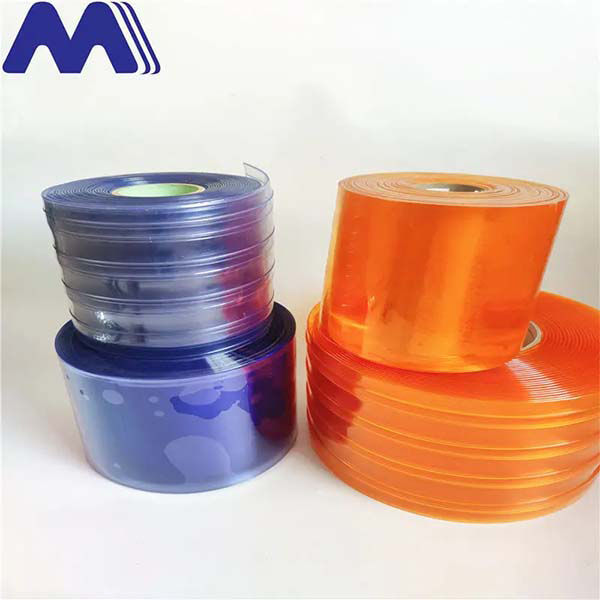- Afrikaans
- Albanian
- Amharic
- Arabic
- Armenian
- Azerbaijani
- Basque
- Belarusian
- Bengali
- Bosnian
- Bulgarian
- Catalan
- Cebuano
- Corsican
- Croatian
- Czech
- Danish
- Dutch
- English
- Esperanto
- Estonian
- Finnish
- French
- Frisian
- Galician
- Georgian
- German
- Greek
- Gujarati
- Haitian Creole
- hausa
- hawaiian
- Hebrew
- Hindi
- Miao
- Hungarian
- Icelandic
- igbo
- Indonesian
- irish
- Italian
- Japanese
- Javanese
- Kannada
- kazakh
- Khmer
- Rwandese
- Korean
- Kurdish
- Kyrgyz
- Lao
- Latin
- Latvian
- Lithuanian
- Luxembourgish
- Macedonian
- Malgashi
- Malay
- Malayalam
- Maltese
- Maori
- Marathi
- Mongolian
- Myanmar
- Nepali
- Norwegian
- Norwegian
- Occitan
- Pashto
- Persian
- Polish
- Portuguese
- Punjabi
- Romanian
- Russian
- Samoan
- Scottish Gaelic
- Serbian
- Sesotho
- Shona
- Sindhi
- Sinhala
- Slovak
- Slovenian
- Somali
- Spanish
- Sundanese
- Swahili
- Swedish
- Tagalog
- Tajik
- Tamil
- Tatar
- Telugu
- Thai
- Turkish
- Turkmen
- Ukrainian
- Urdu
- Uighur
- Uzbek
- Vietnamese
- Welsh
- Bantu
- Yiddish
- Yoruba
- Zulu
Exploring the Benefits and Features of Modern Curtain Wall Systems
The Impact and Importance of Curtain Walls in Modern Architecture
In the realm of contemporary architecture, the curtain wall stands out as a pivotal element that has transformed the way buildings are designed and perceived. This innovative construction technique has transcended its basic function of enclosure, evolving into a critical architectural feature that not only enhances aesthetic appeal but also contributes significantly to energy efficiency and structural integrity.
What is a Curtain Wall?
A curtain wall is defined as a non-structural outer covering of a building that is typically made from lightweight materials such as glass, metal, or composite elements. Unlike traditional walls, curtain walls do not bear any load from the building’s structure; instead, they are supported by a framework attached to the building’s structure. This distinction allows for greater design flexibility, enabling architects to create expansive facades and maximizing natural light within the interiors.
Aesthetic Appeal and Versatility
One of the most compelling advantages of curtain walls is their ability to enhance the visual aesthetics of a building. With advancements in materials technology, architects can now employ various designs and textures that give a building a unique identity. The extensive use of glass in particular has led to the rise of iconic skyscrapers and modern offices, enabling seamless integration with their urban environments. The transparency of glass curtain walls fosters a connection between the indoor and outdoor spaces, creating a sense of openness and inviting natural surroundings into the workspace.
Moreover, curtain walls offer a level of versatility that traditional walls cannot match
. They can be easily modified or replaced, allowing for future renovations and adaptations as architectural trends evolve or as the functional needs of the building change. This adaptability is particularly valuable in urban settings where space is at a premium.curtain wall

Energy Efficiency and Sustainability
In an era increasingly defined by the need for sustainable building practices, curtain walls play a significant role in enhancing energy efficiency. Modern curtain wall systems often incorporate advanced insulation materials, low-emissivity (Low-E) glass, and other sustainable technologies that dramatically reduce energy consumption. These features help minimize heat loss in winter and heat gain in summer, contributing to lower energy bills and reduced environmental impact.
Furthermore, the ability to maximize natural light through curtain walls reduces the reliance on artificial lighting, which in turn lowers energy demand. By strategically positioning windows and using reflective materials, architects can design spaces that are not just aesthetically pleasing but also energy-efficient. This focus on sustainability aligns with the growing demands of both consumers and regulatory bodies for environmentally responsible building practices.
Structural Considerations
While curtain walls offer numerous benefits, they also pose specific structural challenges that must be addressed during the design and installation phases. Engineers must ensure that the curtain wall systems are capable of withstanding various environmental stressors, including wind loads, seismic activity, and temperature fluctuations. The integration of curtain walls into the building’s overall structural system requires meticulous planning and design to ensure both safety and longevity.
Conclusion
In conclusion, curtain walls have emerged as a defining feature of modern architecture, marrying form and function in innovative ways. Their ability to enhance the aesthetic quality of buildings while promoting energy efficiency is invaluable in today’s architectural landscape. As sustainability becomes increasingly paramount, the role of curtain walls will likely continue to evolve, pushing the boundaries of design and construction practices. Through thoughtful incorporation of curtain walls, architects and builders can create spaces that are not only visually stunning but also contribute positively to the environment and the communities they serve. The future of architecture is bright, with curtain walls leading the way towards a more sustainable and visually dynamic built environment.
-
Plastic Curtain for AC – Energy Saving & Easy Installation Perfect for Room and Freezer UseNewsJul.04,2025
-
Industrial Strip Curtains - Durable PVC & Plastic Solutions for Industrial DoorsNewsJun.24,2025
-
PVC Curtain Strip – Durable Standard PVC Strips for DoorsNewsJun.10,2025
-
PVC Strip Curtain – Durable & Transparent Plastic Strips for Industrial Use Affordable PricesNewsJun.10,2025
-
Clear Plastic Door Curtains Durable & Insulating VisibilityNewsJun.09,2025
-
Commercial Strip Curtains Energy Savings & Durability for Industrial UseNewsJun.09,2025



